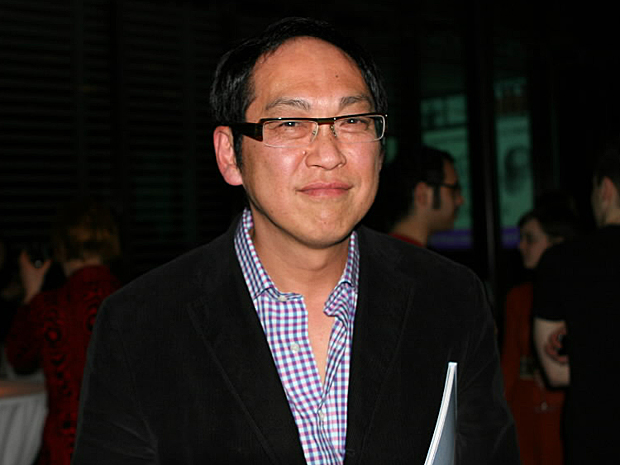An art gallery, says Bruce Kuwabara, the decorated architect who will lead the design of the Art Gallery of Saskatchewan (AGS), should not be judged by the photo that is taken mere hours before it is opened but how it is experienced decades later.
"I’m not interested in designing an object that looks like it fell from the sky," Kuwabara, in the city for the Royal Architectural Institute of Canada conference, said Friday during an interview at a downtown hotel. "If they want a crazy looking thing, I’m not doing it.
"You want something to have a certain sense of permanence."
Kuwabara — widely regarded as one of Canada’s top architects with Toronto-based firm KPMB — will lead the design of the new south downtown gallery in a collaboration with Grant Van Iderstine of Winnipeg-based Smith Carter, a top Prairie firm. Kuwabara will design the building while Van Iderstine, the executive architect, will oversee the project. The consortium was the unanimous choice this week of the city selection committee and will begin work on the design of the estimated $58-million gallery over the next 18 months.
"This project has the potential to be a long-lasting memorable image that defines the city," said Van Iderstine. "All cities have those postcard (buildings) and this is potentially one of those. . . . We’re not interested in doing monuments to ourselves that don’t function well or building an orphan that sits there by itself. We’re not building for the opening-day splash but want something that’s going to have a sense of timelessness."
The Art Gallery of Saskatchewan from the beginning has been about functionality, not flash. The city brought in Toronto-based architect Michael Lundholm, who spent months working on a functional plan that will guide the design and ensure the building also works as a destination and winter haven for River Landing-goers.
Kuwabara said he plans to immerse himself in the city’s history and culture, including consulting fellow Japanese-Canadian architect Raymond Moriyama’s 1978 vision for the area, to ensure the design reflects the local context, the surrounding buildings and river and the place of the Mendel Art Gallery among Canadian art institutions.
The controversy surrounding the move from the Mendel’s Spadina Crescent home to the south downtown means the designers must work to involve the public in the process to help give Saskatoon a sense of pride in the design, Van Iderstine said.
"We’re not interested in shoving something down people’s throats," he said. "The appreciation of this building is going to come out of a sense of ownership and a sense of participation. We’re doing a lot of listening."
Big or small, modern galleries such as the AGS require certain things — exhibition space for the permanent collection and travelling shows, storage room, teaching facilities, public areas for visitors and the ability to adapt to new media and technology that is becoming a driving force. Now, Canadian cultural institutions must also be almost entirely self-supporting with restaurants, shops and rentable areas; regardless of its size, the modern museum or gallery doubles as an event venue.
The challenge in Saskatoon, Kuwabara and Van Iderstine said, is to integrate the 65,000-square-foot building into its surroundings by ensuring, first, that it complements the Remai Arts Centre, which it will attach to and wrap around.
"Some people would have looked at the site and saw the existing theatre on the site and say ‘it’s ruined," Kuwabara said. "I’m the opposite. That’s a challenge, but it’s a good challenge that opens opportunities in design because of the opposition that’s there. By design you have to resolve conflicts and create benefits to that very idea."
The gallery and theatre must function as "dance partners," Van Iderstine said.
The AGS must also consider its other surroundings, mainly the river that forms its backdrop, the architects agreed.
Ultimately, Kuwabara said, content and context should be one and the same for the art gallery to be a lasting and sustainable expression of the city.
"It’s . . . (about) how the building really works over time because, guess what, people change," Kuwabara said. "You have to have a building that’s flexible enough to adapt. It has to create value long-term. The last thing I want to do is create a gallery that has a short shelf life."
Bruce Kuwabara
The renowned architect has designed the recent restoration of the Canadian Museum of Nature, the oldest national museum, which reopened in Ottawa last month, Canada’s National Ballet School and the Gardiner Museum of Ceramic Art in Toronto. He teaches architecture at the University of Toronto and Harvard University.
Grant Van Iderstine
Van Iderstine served as the design architect for the celebrated Canadian Museum of Human Rights in Winnipeg while the Smith Carter firm worked alongside KPMB and Kuwabara on Manitoba Hydro Place, considered the most energy efficient office tower in the world and the Canadian Embassy in Berlin, Germany.








Comments